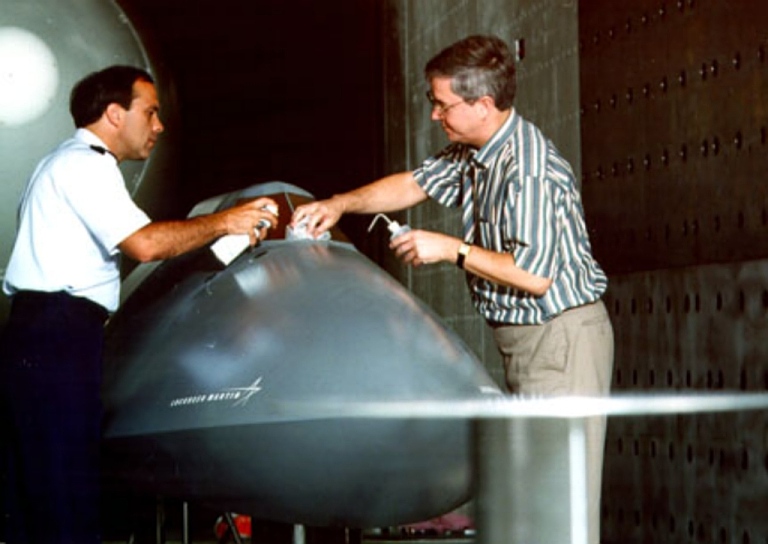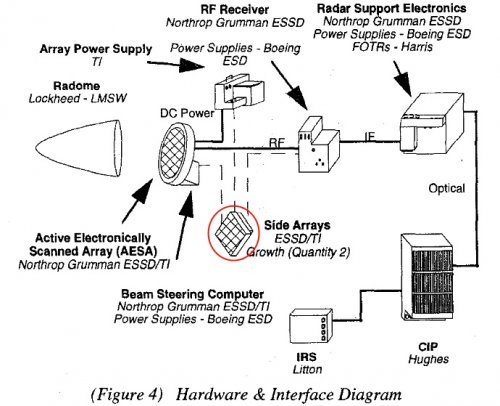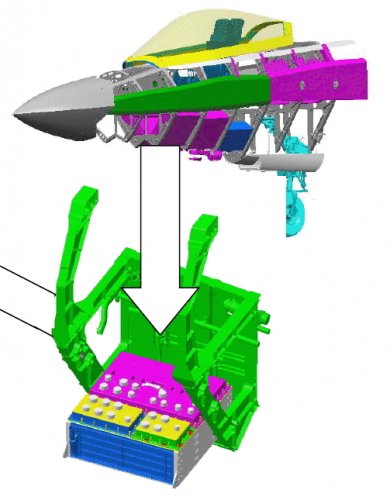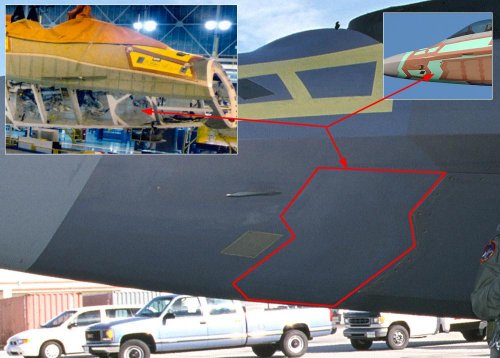"SECDEF orders new F-22 safety measures"
By
Dave Majumdar
on May 15, 2012 11:43 PM
Source:
http://www.flightglobal.com/blogs/the-dewline/2012/05/secdef-orders-new-f-22-safety.html
US Defense Secretary Leon Panetta has directed the some additional safety measures for the US Air Force's fleet of Lockheed Martin F-22 Raptors.
1) Pilots operating the stealthy twin-engine air dominance fighter must remain close enough to an airfield to recover the aircraft quickly in case they encounter problems with their oxygen system.
2) The USAF is directed to speed up the installation of an automatic backup oxygen supply into the entire F-22 fleet. The USAF should complete testing of the automatic backup oxygen system by the end of November. Installations should begin in December with 10 Raptors being retrofitted with the system per month.
3) The USAF will provide the SECDEF with monthly updates on the service's progress in determining the root cause of the jet's oxygen system maladies.
The Secretary did not, however, reverse the USAF's decision to defer installation of an Automatic-Ground Collision Avoidance System in the forthcoming Increment 3.2B upgrade for the Raptor.
Meanwhile, the USAF hasn't ruled out decompression sickness, but the current thinking is that the problem is related to either a toxin or it's an oxygen quantity/quality issue. A very knowledgeable source suggests that the problem could be related to a form of hyperventilation. More on that later...
The service has 185 operational jets left after two losses. There were also eight developmental jets, but how many of those are left flying is unclear, some of them are either in museums (like 4003 at Wright-Patterson) or used as maintenance trainers (like 4005 at Langley and another at Tyndall--the tail number of which I can't immediately recall).
By
Dave Majumdar
on May 15, 2012 11:43 PM
Source:
http://www.flightglobal.com/blogs/the-dewline/2012/05/secdef-orders-new-f-22-safety.html
US Defense Secretary Leon Panetta has directed the some additional safety measures for the US Air Force's fleet of Lockheed Martin F-22 Raptors.
1) Pilots operating the stealthy twin-engine air dominance fighter must remain close enough to an airfield to recover the aircraft quickly in case they encounter problems with their oxygen system.
2) The USAF is directed to speed up the installation of an automatic backup oxygen supply into the entire F-22 fleet. The USAF should complete testing of the automatic backup oxygen system by the end of November. Installations should begin in December with 10 Raptors being retrofitted with the system per month.
3) The USAF will provide the SECDEF with monthly updates on the service's progress in determining the root cause of the jet's oxygen system maladies.
The Secretary did not, however, reverse the USAF's decision to defer installation of an Automatic-Ground Collision Avoidance System in the forthcoming Increment 3.2B upgrade for the Raptor.
Meanwhile, the USAF hasn't ruled out decompression sickness, but the current thinking is that the problem is related to either a toxin or it's an oxygen quantity/quality issue. A very knowledgeable source suggests that the problem could be related to a form of hyperventilation. More on that later...
The service has 185 operational jets left after two losses. There were also eight developmental jets, but how many of those are left flying is unclear, some of them are either in museums (like 4003 at Wright-Patterson) or used as maintenance trainers (like 4005 at Langley and another at Tyndall--the tail number of which I can't immediately recall).





